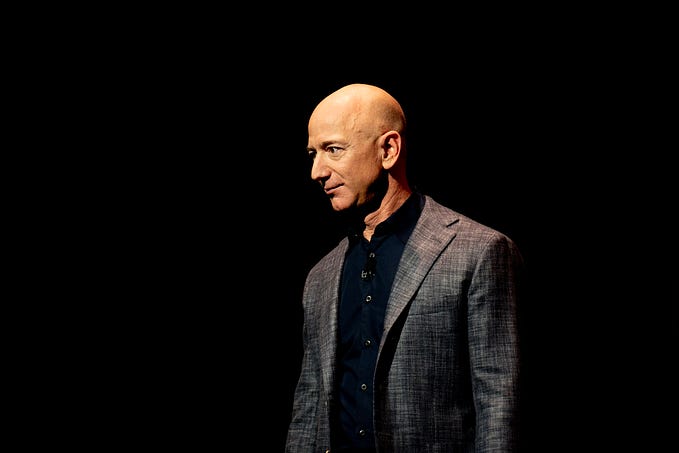Member-only story
The Media Is Overstating the Health Danger of 5G
Misguided caution about the health effects of cellphones and their networks is hindering progress

I am a student at Harvard College studying electrical engineering and am in no way affiliated with telecommunications companies or lobbyist groups seeking to expedite the rollout of 5G or activist groups seeking to halt its rollout.
 We are on the verge of a communications revolution. The global rollout of 5G could signal an end to competing wireless networks and provide a unified system to connect power-hungry mobile phones and tiny internet of things sensors alike. As the U.S. and the EU argue over the geopolitical risks of 5G expansion and pressure mounts to install more 5G infrastructure, pushback from scientists and citizens threatens to stall progress. So it’s important to ask: Do 5G and other communications infrastructure present a risk to human and animal health?
We are on the verge of a communications revolution. The global rollout of 5G could signal an end to competing wireless networks and provide a unified system to connect power-hungry mobile phones and tiny internet of things sensors alike. As the U.S. and the EU argue over the geopolitical risks of 5G expansion and pressure mounts to install more 5G infrastructure, pushback from scientists and citizens threatens to stall progress. So it’s important to ask: Do 5G and other communications infrastructure present a risk to human and animal health?
To answer this question, we first need to explore traditional cellular infrastructure (2G, 3G, and some 4G) and how 5G is changing that. The term “cellular” in “cellular network” comes from the original cell-based layout of phone systems. High-power cell towers serve large overlapping regions, which allowed carriers to rapidly deploy cell networks across the globe. This architecture is still the backbone for cellular service in suburban and rural areas.
These systems operate on lower-frequency portions of the electromagnetic spectrum, as lower-frequency waves (around 850 MHz and 1.9 GHz for 3G) are less easily blocked by obstacles. These bands are crowded with devices, and can only support certain maximum speeds. To overcome these limitations, the 5G specification extends communications into higher-frequency bands.

Millimeter wave (mmWave) spectrum is a new band that exceeds 24 GHz and supports ultra-fast communications. Faster speeds come at a price, however. Millimeter wave electromagnetic radiation can barely penetrate through buildings, practically necessitating antennas on every street corner in urban areas. In non-urban areas, any hills or…








